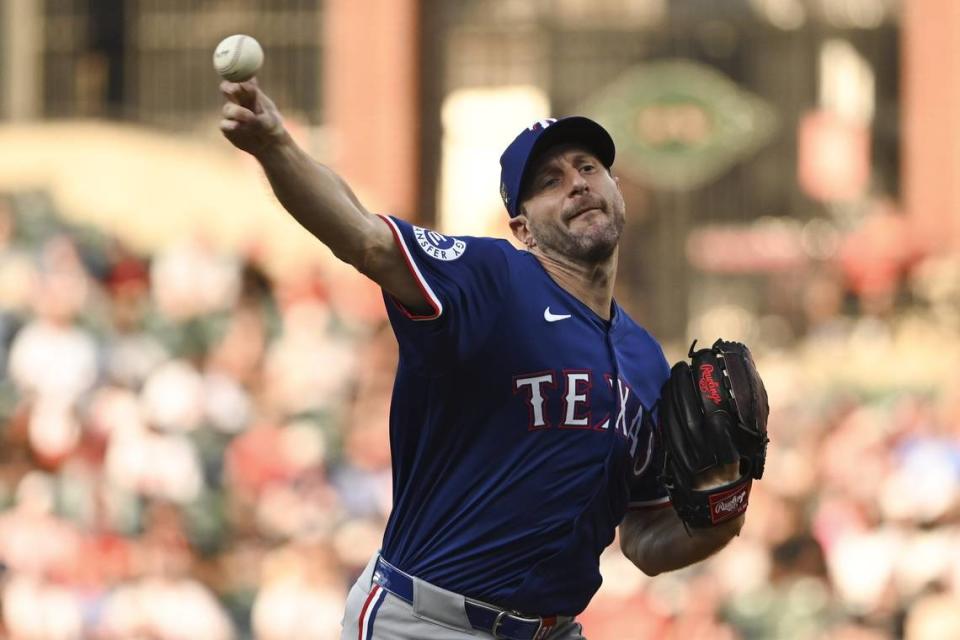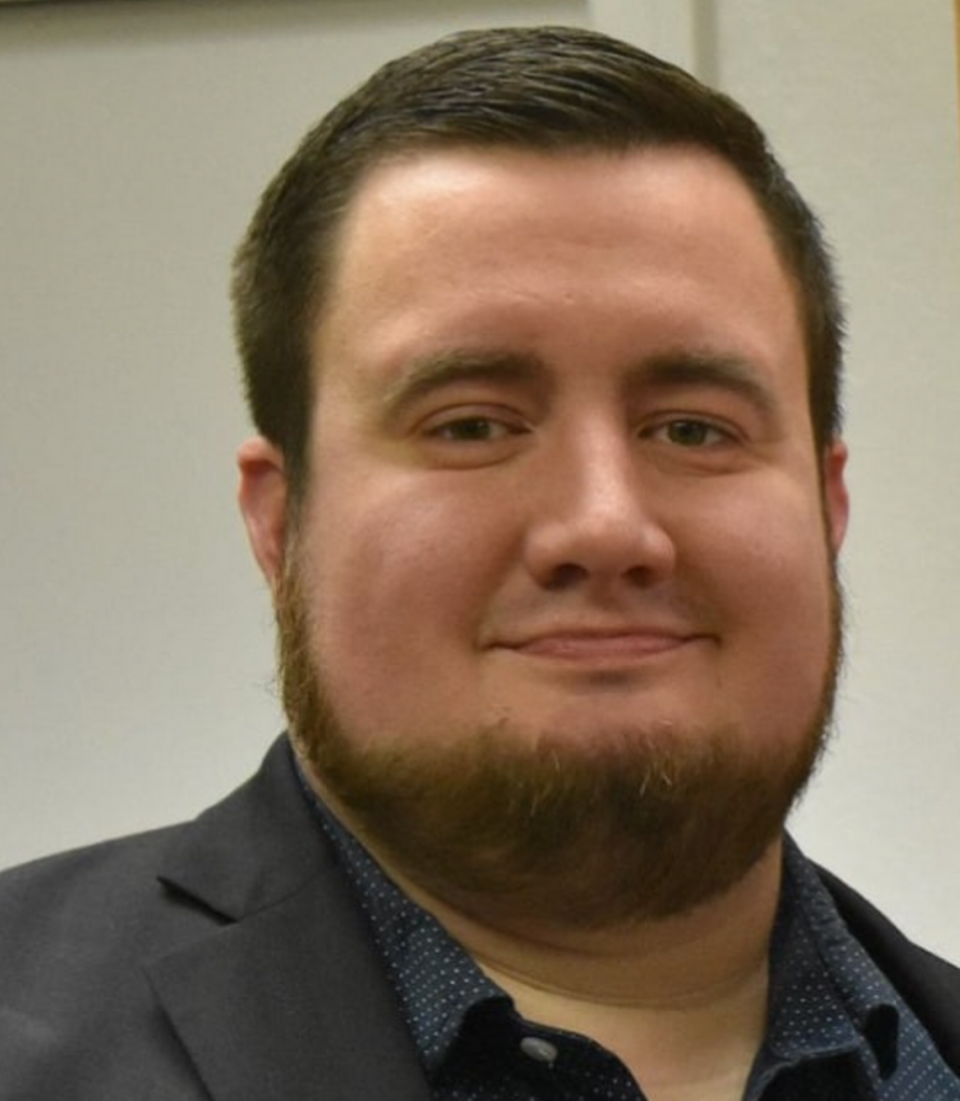Could deadline deals for Scherzer and Arozarena put the surging Cardinals over the top?
Some of the offseason tasks undertaken by John Mozeliak and the St. Louis Cardinals baseball operations group provide an interesting glimpse into the thinking which could come to define their potential moves at this season’s trade deadline, just three weeks away.
As the team continues its climb through five games above .500 and becomes unquestionably enmeshed in the group of pending buyers, the needs are clear.
Andre Pallante’s strong turn notwithstanding, an additional starting pitcher is a necessity. With Nolan Arenado showing some flickering signs of improvement but Paul Goldschmidt remaining steadily below average, there’s a real need for right-handed thump which could punish lefty starters in the postseason.
The path through the Wild Card round, after all, almost certainly runs through either Max Fried and Atlanta or whatever staff the Milwaukee Brewers cobble together; it’s a safe bet that Dallas Keuchel won’t be their top lefty come the playoffs.
Kyle Gibson, signed this winter, is an alum of the University of Missouri who for years seemed like a natural fit with the Cardinals. Now, less than a full season into his stint in St. Louis, the stability he’s brought to both the rotation and the clubhouse feel even more like a void in years past.
Lance Lynn, on a return tour, came with volatility and has shown some warning signs of late (like, for instance, the worst start of his career on Saturday in Washington), but has largely been as advertised, taking the ball and pitching like the veteran, experienced, developed version of himself.
Gibson missed Texas Rangers starter Max Scherzer by one season at Mizzou, but the two righties are regarded as the top two pitchers in the history of that program. Gibson also potentially demonstrates proof of concept for Scherzer, who grew up in Chesterfield and was drafted by the Cardinals out of high school before opting to pitch in college.
It is, in fact, possible to come home again.
The Cardinals made the decision not to pursue Scherzer when he hit free agency in the winter of 2014, doubting internally that his body would hold up to the strain expected of an ace starter even as he earned a top dollar contract. As a result, Scherzer went to Washington, where he won two Cy Youngs and a World Series, cementing a Hall of Fame career.
That lack of pursuit not only meant Scherzer’s best years were spent elsewhere, but they also fomented a frustration that has followed him since. Max, the story goes, was mad that the Cardinals didn’t engage, and having been in possession of a no-trade clause since the day he signed with the Nationals, those feelings would have to have cooled for a deal to be possible.
Still, Scherzer is healthy again and pitching well in his first three starts this season for the Rangers, who acquired him at last year’s deadline from the New York Mets. The Mets, bailing out on their own record payroll, agreed to pay a significant portion of Scherzer’s salary to offload him in exchange for a superior prospect, infielder Luisangel Acuña.
Should the languishing Rangers decide indeed the time is right to sell this summer, Scherzer (a free agent this winter) would be available to the Cardinals at perhaps the lowest price of his career.
If Gibson is analogous to Scherzer, Lynn and outfielder Randy Arozarena are a much tougher stretch. Arozarena was traded before his potential hit, and hit it did for the Tampa Bay Rays. He became a postseason sensation and a human highlight reel, and the Cardinals were left scratching their heads and wondering why their evaluation yet again came up short on an outfielder.
Now, however, the budget-conscious Rays may be headed toward their own tear down, even as they carry a (ludicrously low) record-high payroll. Arozarena still has two years of team control but is making $8.1 million this season, the second-highest salary on the Dollar Store Rays.
He’s also undoubtedly in the midst of a down season. His recently ended 19-game on-base streak boosted his OPS to .668, still below league average and well below his career averages. His strikeout rate is up and his line drive percentage is down, though it’s translating into more fly balls than ground balls. Arozarena, perhaps, is a victim of pressing on a bad team, trying to fight his way out of struggles bigger than himself.
One thing he has continued to do, albeit less strongly than in his career to date, is punish lefties.
Arozarena has always been adequate against righties but able to rack up slugging percentage against lefties, and that split remains pronounced. With Michael Siani’s defense planting him firmly in center and without a clear timeline back to the majors for Jordan Walker, Arozarena could replace the righty production they expected, but have not received, from the outfield corners.
These are not simple deals to make. They all come with sliding doors and difficult variables and would necessitate the Cardinals dipping into both cash and prospect stocks to push a team that, two months ago, looked like it was headed back to the cellar.
They have instead fought their way out, and they deserve the support the front office can bring them. The problems of roster building sometimes require creative solutions. Sometimes, though, even a retread can bring the necessary traction.


